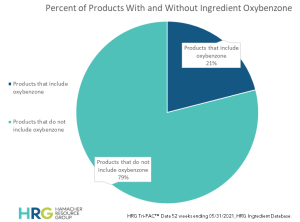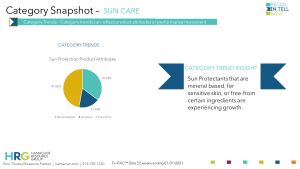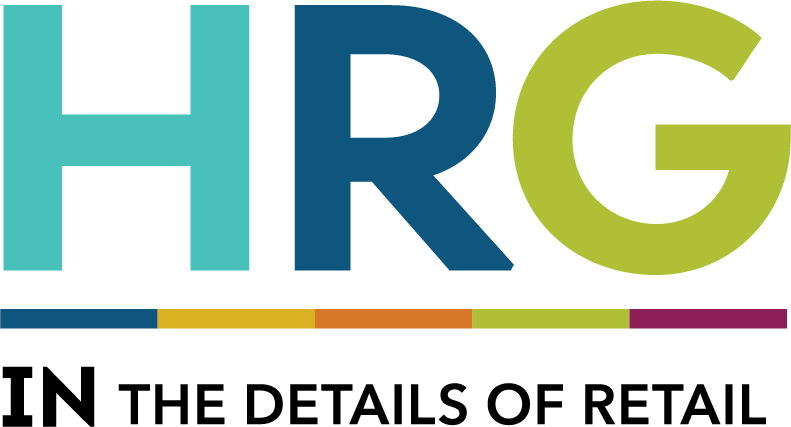By Megan Moyer, corporate marketing manager, as appeared in Inside Beauty for Drug Store News
Choosing a sunscreen has always been confusing to shoppers. Knowing which SPF (sun protection factor) to choose, how often it needs to be reapplied, and whether it remains effective when you’re in water are questions often asked when making a purchase decision. To further complicate consumers’ selection is the revelation a few years back that certain ingredients commonly found in sunscreen are suspected to be damaging to coral reefs or that the harshness of certain ingredients (such as Benzene) may cause harm to humans.
There continues to be much discussion around sunscreen and what must be considered for a product to be both safe and effective. The Consumer Healthcare Products Association has been working with Personal Care Products Council by offering comments to the FDA who is in a public scoping process to consider the environmental impacts associated with the use of sunscreens containing oxybenzone or octinoxate.

As consumer expectations evolve, manufacturers are investing in new approaches to sun care that are clean, safe, and aesthetically appealing. One sun care trend that has continued over the past year and has gained traction, even during the pandemic, is the emphasis on mineral or more natural sunscreens. According to Nielsen Whole Foods Market data, the segment of “natural” — or sunscreens with fewer chemicals — has shown a sales increase across all channels.
As a response to the trend toward mineral-based offerings, there have been several top brands, including Coppertone, that launched new products. Beiersdorf’s Coppertone Sport Mineral Sunscreen Lotion was introduced at the end of 2020, bringing its mineral-based sunscreen into its sport line. It was chosen as one of HRG’s Products to Watch in December based on it being 100% naturally sourced zinc oxide and free of oxybenzone, octinoxate, PABA, parabens, phthalates, dyes and fragrances — key to addressing growing consumer awareness and concern about product ingredients.
In February of this year, HRG analysts selected Crown Labs’ Blue Lizard sunscreen as a Product to Watch due to the manufacturer adding more SPF to its formulation and it being a mineral-based sunscreen with an SPF of 50, plus a reef-friendly claim.
Other brands have reformulated their sunscreens to have fewer chemicals to keep up with the “free-from” trend and ultimately capitalize on sales, and there have been new launches in the category. Cetaphil entered the sun care category with its new Sheer Mineral Sunscreen collection. The line features four reef-safe 100% mineral sunscreens providing broad-spectrum protection against UVA and UVB rays.

Manufacturers are also advocating for being safe in the sun through specific campaigns. Cetaphil launched a digital campaign to educate the public about sun safety and help preventing skin cancer, featuring Cetaphil’s dermatologist ambassadors. Meanwhile, Neutrogena is working with Walgreens and the Melanoma Research Foundation to promote healthy sun habits. Over 3,000 Walgreens Beauty Consultants nationwide will be educated about skin protection from the sun.
According to HRG’s Tri-PAC data, the sun care category as a whole has shown minimal fluctuation in dollar sales over the past year in independent pharmacy. One reason may be that sun care is considered a seasonal category. Another reason may be that many consumers stayed indoors more in 2020. HRG’s Tri-PAC data utilizes three sources of nationwide sales data: wholesaler shipment withdrawal data, point-of-sale scan data from independent pharmacies, and syndicated scan data from the retail drug channel.
With the heightened focus on sunscreen formulations, sun care will be a category to follow. Consumer shopping behaviors and preferences continually evolve. Consumer-valued product innovations win sales — it will be interesting to see what manufacturers do next to meet consumer demand.
